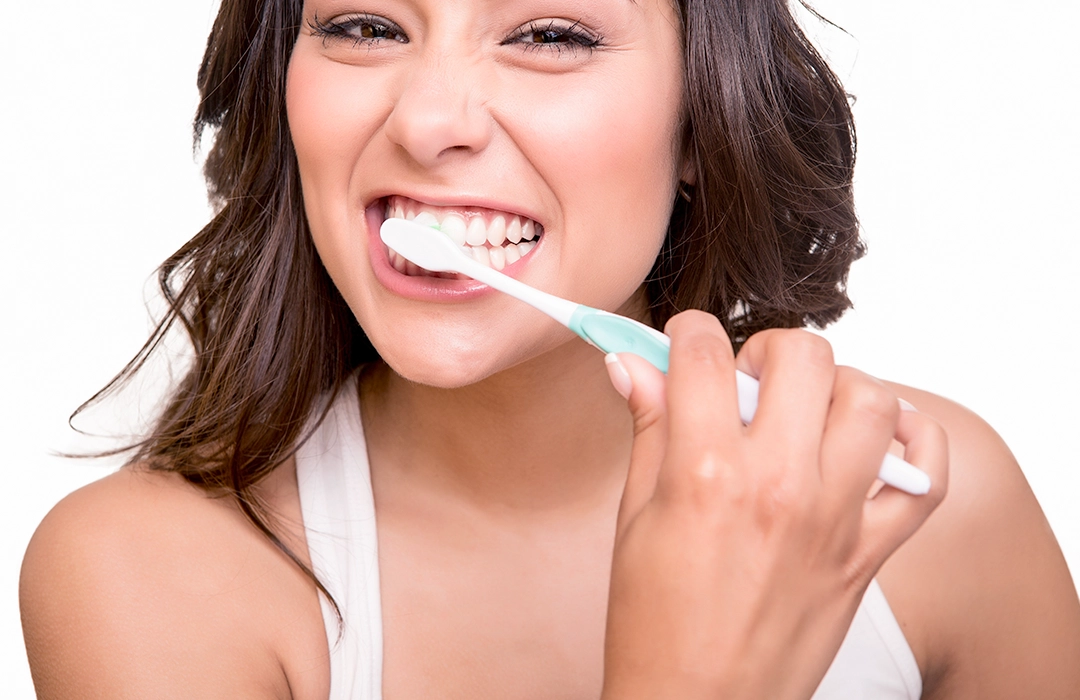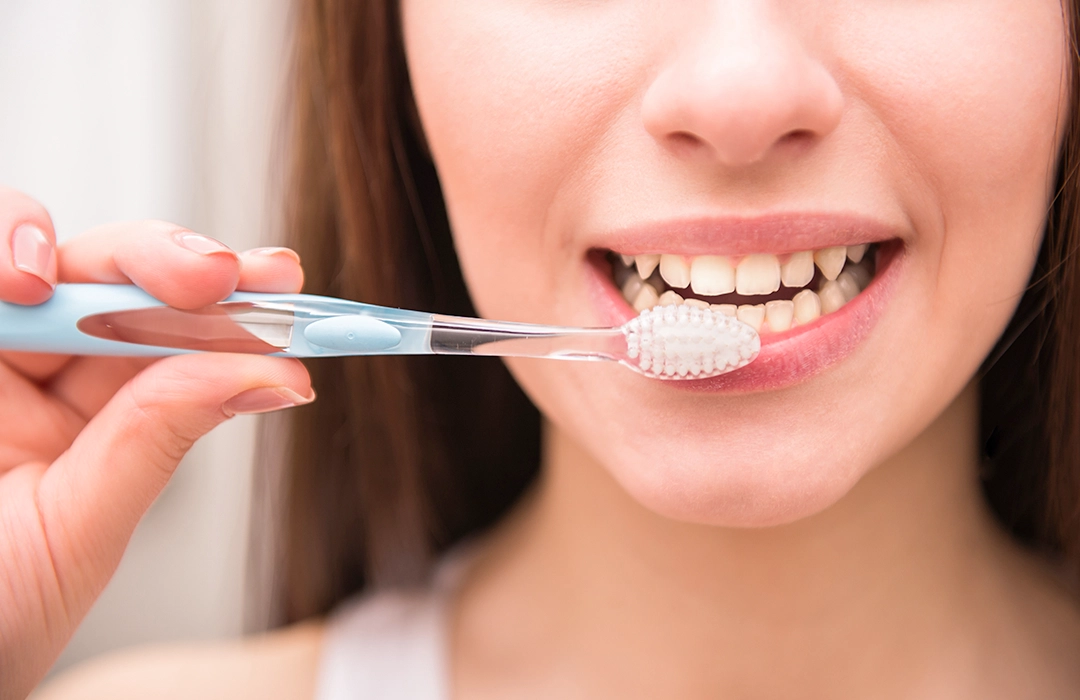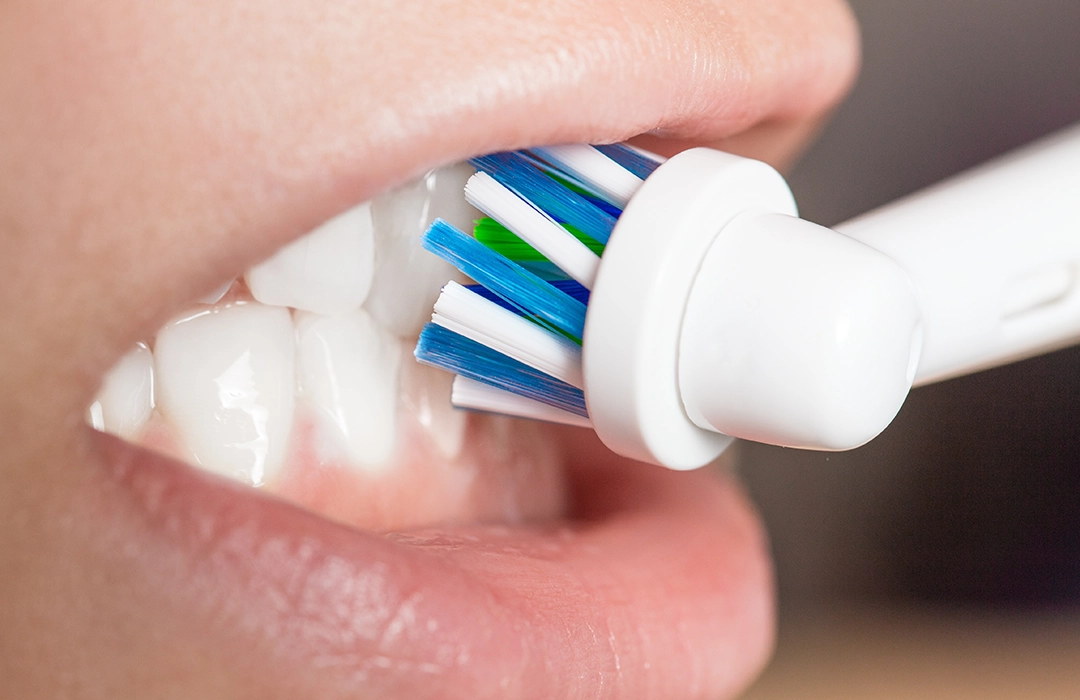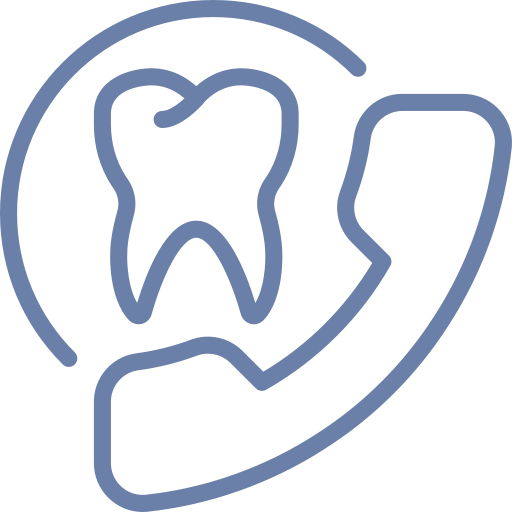Think you’re doing your teeth a favour by giving them a hard scrub? You might be surprised to know that heavy brushing can do more harm than good. Going too hard is like taking a scouring pad to car paintwork — it strips away the very layer designed to protect. The same goes for your smile: brushing with too much force can wear down enamel, push gums back, and leave you with lasting sensitivity — the very problems your toothbrush is meant to prevent.
The secret to a healthy smile isn’t brushing harder—it’s brushing smarter. In our full guide, you’ll learn how gentle technique protects your teeth and gums, so you can smile bright for the long run.
Why brushing hard backfires
Your teeth might look tough, but they’re not invincible. Tooth enamel—the hard outer layer protecting your teeth—is the hardest substance in your body, yet it can wear down over time if you brush with too much force. Unlike your BBQ plate which is cast iron all the way through, teeth are layered structures with sensitive dentine underneath the enamel. Once enamel is lost, it doesn’t grow back.
Your gums are even more delicate. Constant aggressive brushing can cause them to recede, exposing the roots of your teeth. This can lead to sharp sensitivity when you eat or drink hot, cold, or sweet foods, and increase the risk of decay along the gumline. You may even notice small notches or grooves forming where enamel has been worn away—something dentists call abrasion lesions.
The tricky part is that this damage happens slowly. Many people don’t notice the effects of over-brushing until sensitivity, gum recession, or enamel wear has already become significant. That’s why gentle, proper brushing is so important—it protects your smile for the long term.

How to tell if you’re overdoing it
Brushing too hard doesn’t always hurt in the moment, but your teeth and gums can show subtle warning signs over time. Keep an eye out for these common indicators:
Receding gums – If your gumline is gradually pulling back, your teeth may look longer than before. This exposes sensitive areas and increases the risk of decay near the roots.
Tooth sensitivity – Sharp or sudden twinges when drinking hot coffee, ice-cold water, or enjoying sweet treats can be a sign that enamel is wearing away or gums are receding.
Notches or grooves near the gumline – Small indentations in the tooth surface, known as abrasion lesions, often appear where brushing is most forceful.
Frayed toothbrush bristles– If your brush looks worn, splayed, or frizzed out after just a few weeks, it’s a strong hint that you’re applying too much pressure.
Paying attention to these signs early can help prevent more serious damage—and make sure your daily brushing routine is truly protecting your smile.

Gentle is the new strong
Brushing effectively isn’t about scrubbing harder—it’s about using the right technique consistently. Here’s how dentists recommend keeping your smile healthy and protected:
Choose a soft-bristled toothbrush – Soft bristles clean effectively without damaging enamel or gums. Hard bristles can wear down enamel and irritate gum tissue.
Brush gently in small circular motions – Instead of scrubbing back and forth, move the brush in gentle circles to remove plaque while protecting enamel and gums.
Hold the brush at a 45-degree angle – Positioning the bristles toward the gumline helps remove plaque at the junction of teeth and gums, where decay often starts.
Cover all surfaces – Don’t just brush the fronts of your teeth. Gently brush the outer, inner, and chewing surfaces, as well as your tongue, which can harbour bacteria and cause bad breath.
Stick to the two-minute rule – Brush for two minutes, twice a day. This is enough time to thoroughly clean your teeth without overdoing it.
Replace your toothbrush regularly – Every 3–4 months, or sooner if the bristles become frayed or worn. A worn brush is less effective and can damage enamel.
Use the right amount of toothpaste – A pea-sized amount is sufficient for adults. Using too much won’t clean better, but may increase abrasion if brushing too hard.
Don’t rush – Gentle, steady strokes are more effective than hurried, forceful scrubbing.
If you want to get the most out of your routine, it’s best to floss before brushing—this helps loosen plaque and food particles, allowing your toothpaste to reach more surfaces. It’s also a good idea to wait at least 30 minutes after meals before brushing, as brushing too soon (especially after acidic foods) can wear down softened enamel.
If you’re unsure whether your technique is correct, don’t worry—your dentist or hygienist can demonstrate the best method during your next visit, making sure your brushing routine protects your smile rather than harming it.
Human powered vs electric brushing
Both manual and electric toothbrushes can keep your teeth clean when used correctly, but they each have their advantages.
Electric toothbrushes are popular because they do much of the work for you. Many come with built-in pressure sensors that alert you if you’re pressing too hard, helping prevent enamel wear and gum damage. They also make it easier to maintain consistent, gentle circular motions, which is ideal for effective cleaning.
Manual toothbrushes can be just as effective, as long as you focus on technique. Use a soft-bristled brush, apply light pressure, and move in small circular motions across all tooth surfaces. Consistency and proper method are far more important than scrubbing harder.
Ultimately, the best toothbrush is the one you use correctly every day. Pair it with good technique, and you’ll protect your smile for the long term.

Show your smile that ‘forever love’
Brushing is only part of your lifelong relationship with your smile. Flossing daily, booking regular check-ups, and scheduling professional cleans all play their part in keeping teeth and gums healthy for the long run.
If you’ve started to notice early signs like sensitivity, receding gums, or worn enamel, don’t ignore them. A little care now can stop small issues from turning into bigger problems later. Showing your smile that ‘forever love’ today means fewer worries tomorrow — and a smile that stays strong, healthy, and comfortable for years to come.
Save your smile, don’t scrub it away
Scrubbing harder won’t give you a healthier smile—it can actually degrade the very things you’re trying to protect: your enamel and gums. The real secret is gentle care: brushing with the right technique and staying consistent. Brushing gently and regularly is the key to keeping your teeth healthy, bright, and comfortable for years to come.
If you’ve noticed tooth sensitivity, receding gums, or just want a check to make sure your brushing routine is on track, don’t wait. Pop into your local dentist for a quick check-up—they can help refine your technique so your daily brushing protects your smile, rather than wearing it down.



